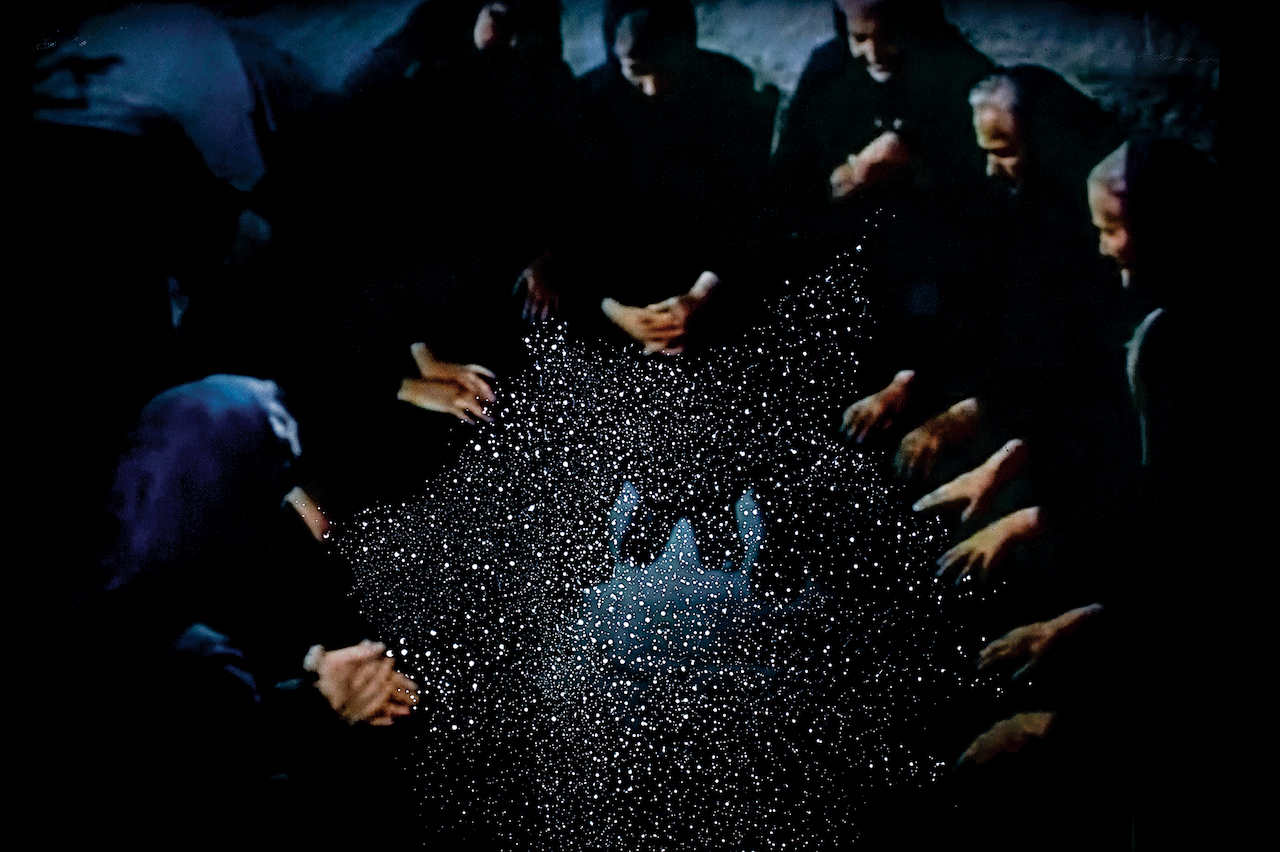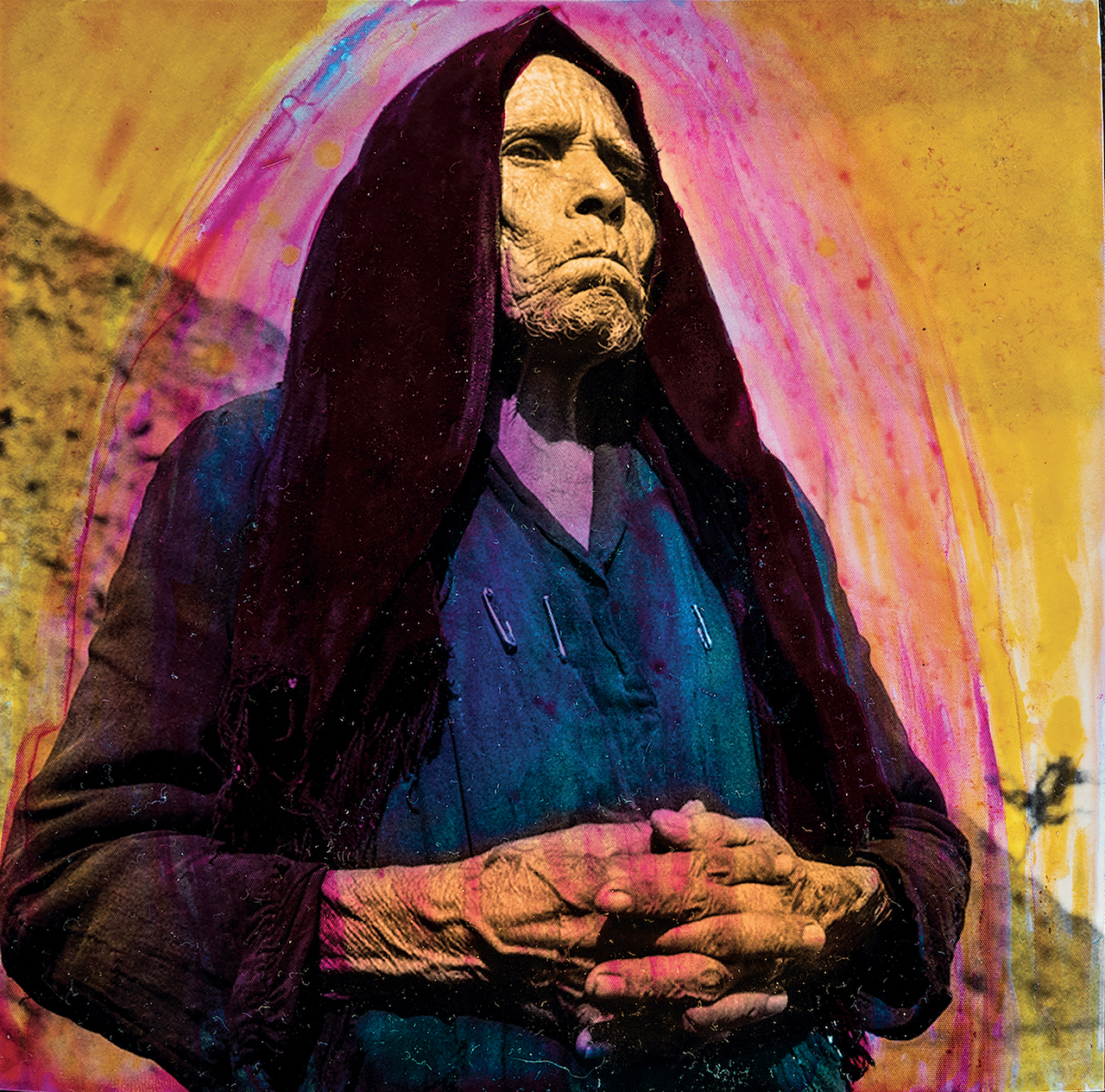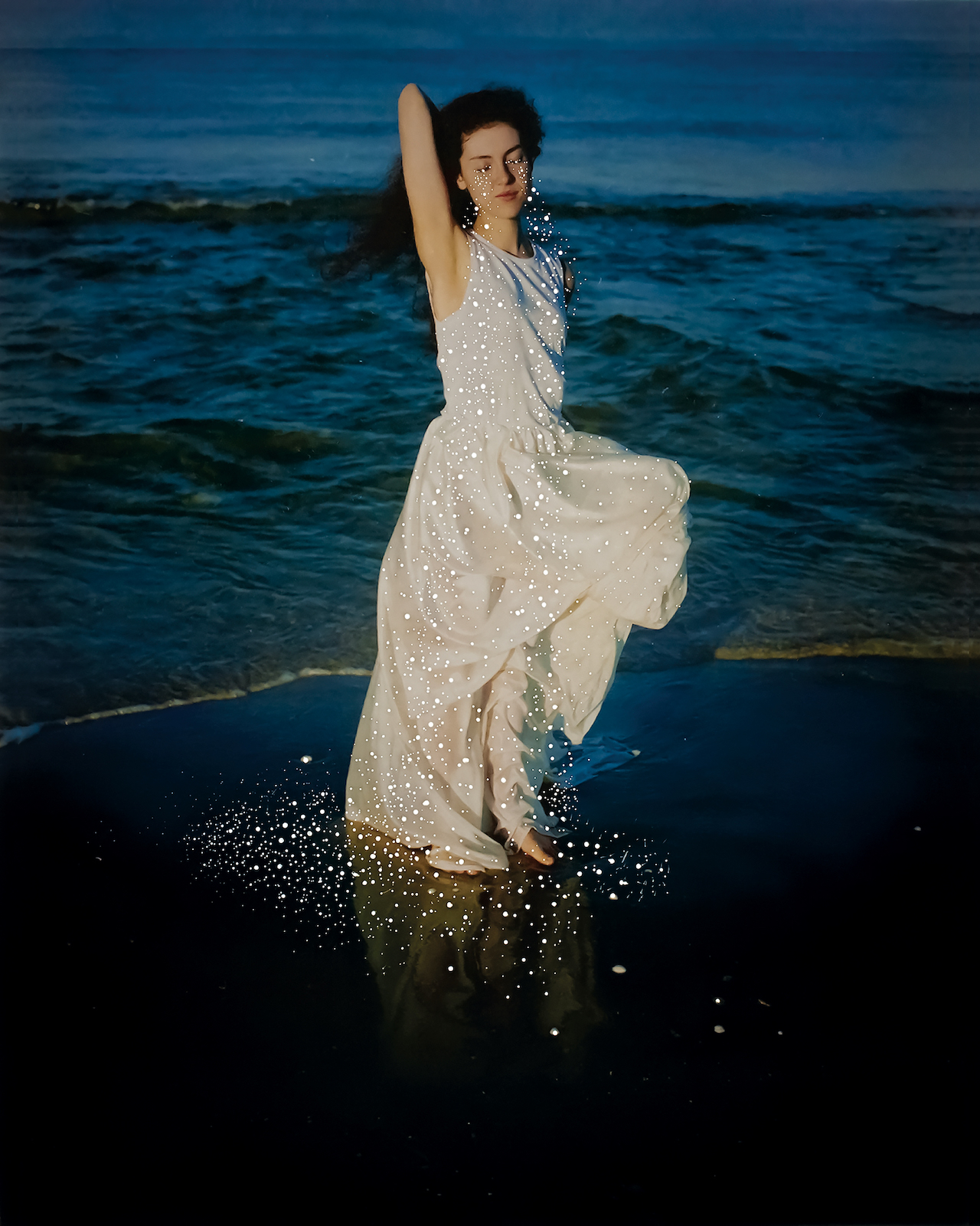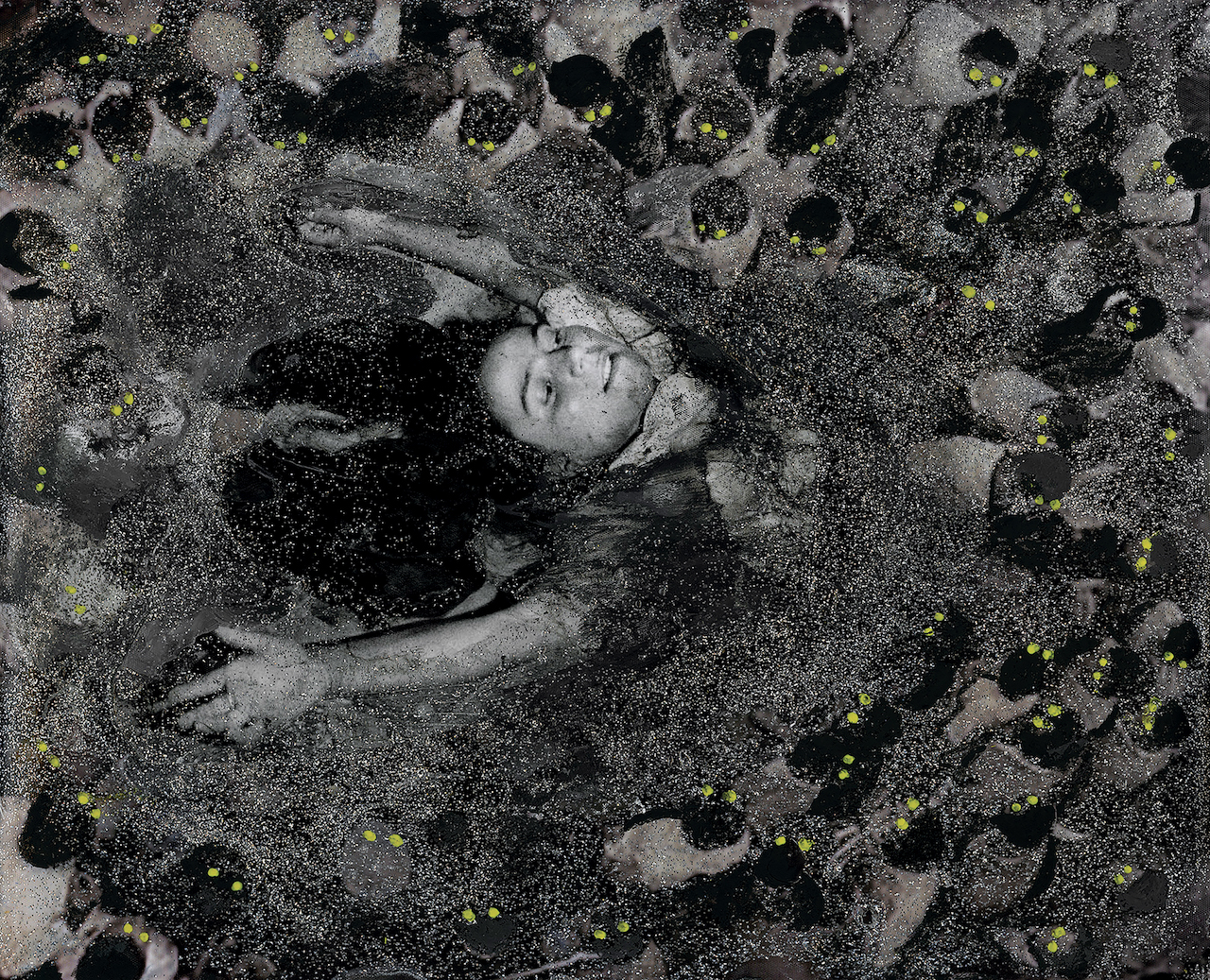22
Noticing the lack of work by local photographers, Rollo initiated her own project, re-working found images and documenting festivals across Southern Italy
Photography has long been associated with magic; the way it can stop time, and the alchemy in how images appear in the darkroom. In the 19th century, it was used for optical trickery in stage illusions and at fairgrounds. Concurrently, the camera was being employed as a tool for scientific study. These two applications of the medium are at odds with one another, and today, photography’s claim to pure objectivity has been replaced with an understanding that the camera can sometimes lie.
Alessia Rollo was struck by this realisation in 2019. Having grown up in the southernmost point of Italy – “the heel of the boot” – she moved north to Milan for a master’s in photography. During her studies, she encountered the work of Italian anthropologist Ernesto de Martino. In the mid-20th century, he studied and wrote about religion, shamanism and tarantism in southern Italy. But Rollo did not recognise the way her home region had been represented. The photographers and film-makers who accompanied De Martino on his trips contributed to a perception of the south as ‘other’, a backward place still steeped in superstition compared to the ‘rational’ north.


“In the history books I studied there were images of south Italy but none by southern Italian photographers,” Rollo notes. She decided to start her own project, Parallel Eyes – a riposte to those who recorded funerals, religious ceremonies and other rites with little appreciation for their nuances. In their gaze, the richness, beauty and complexity of her culture were lost.
There are two strands to the project. First, Rollo reinterprets found images from the 1950s and 1960s, making new photographs that depict rituals practised in south Italy today. “There are many festivals celebrating the winter solstice, the spring equinox, and often these are connected to nature and fertility,” she says. Rollo then manipulates the pictures manually, by hand-painting black-and-white negatives in vivid colours, or using pins to pierce their surfaces – an effect that looks akin to glitter cascading like fairy dust across the saturated hues. Through this heightened aesthetic, Rollo valorises the magical and establishes an alternative visual language to the clinical documents of the archives.

“I want to embrace the magical, participatory aspects, the idea of fate, the invisible,” she explains. Past portrayals have overlooked the emotional side of ceremonies and their importance in binding communities together. Since 2019, Rollo has documented festivals in Apulia, Sicily, Basilicata, Campania and Calabria, and has plans to cover Sardinia. It has been a slow process as the rituals often occur on the same day in each region, meaning she has to revisit every year.
The series is not intended to be exhaustive but to show “a wider perspective”. In addition to stills, Rollo has been shooting video and envisages the work in book format as well as a multimedia piece to be viewed online, and in-person as an immersive installation. “The still pictures alone are not enough. I want to engage the other senses so viewers can perceive something magical,” she says. Layering new meanings over the past, Rollo creates a visual palimpsest, reimagining her heritage in an act of radical self-authorship; an ode to south Italian culture by someone who has lived it.

